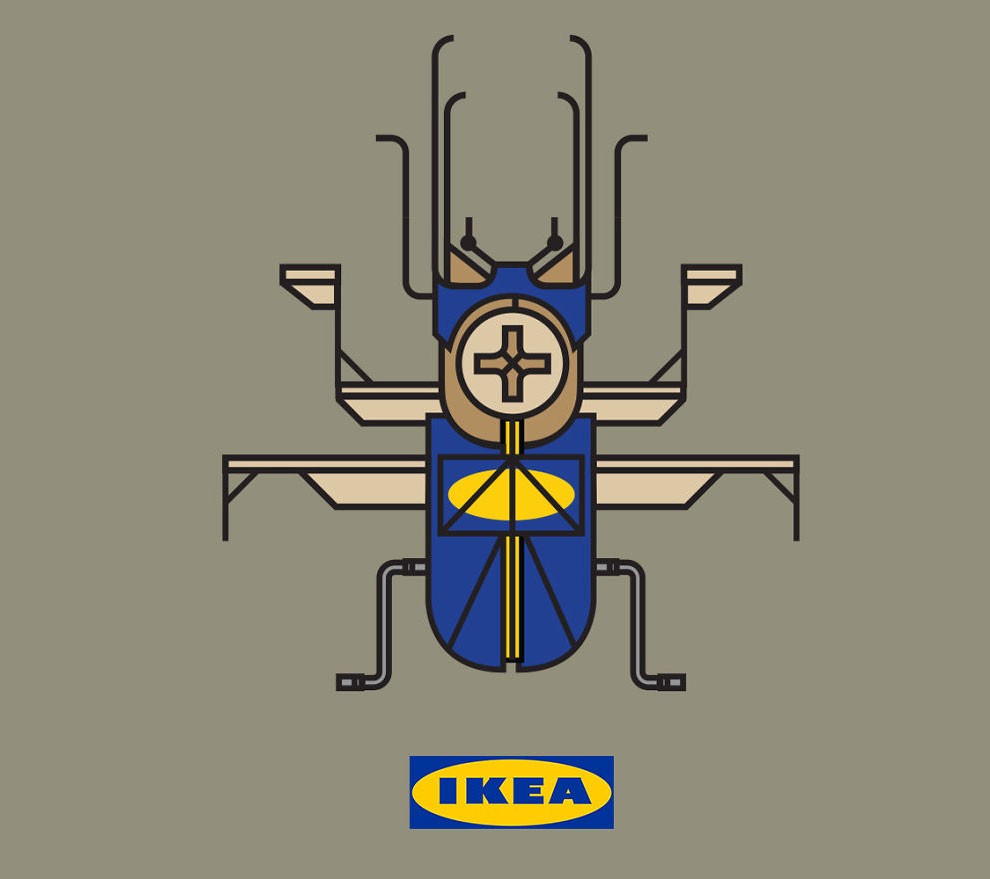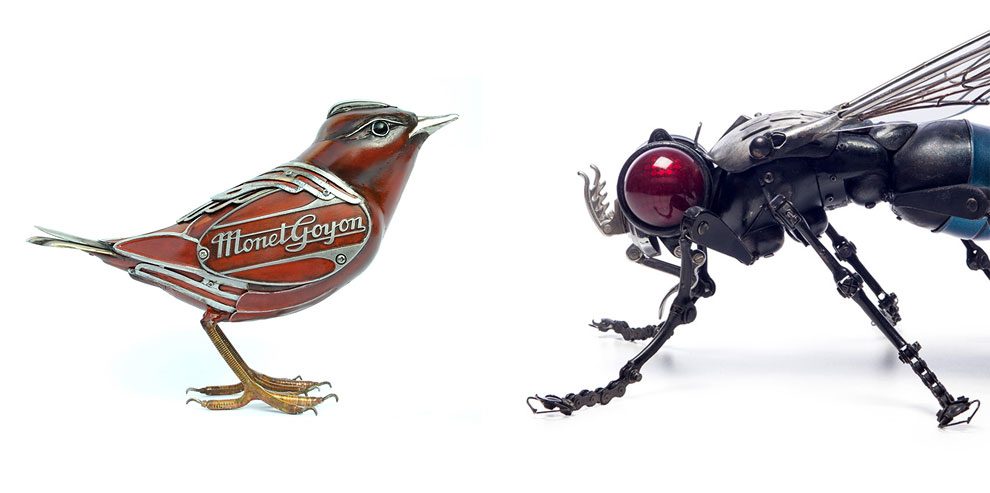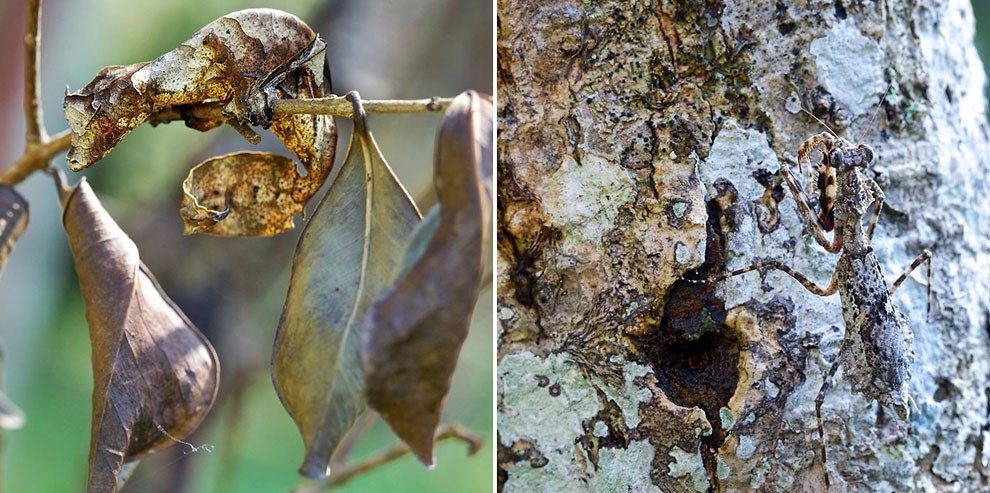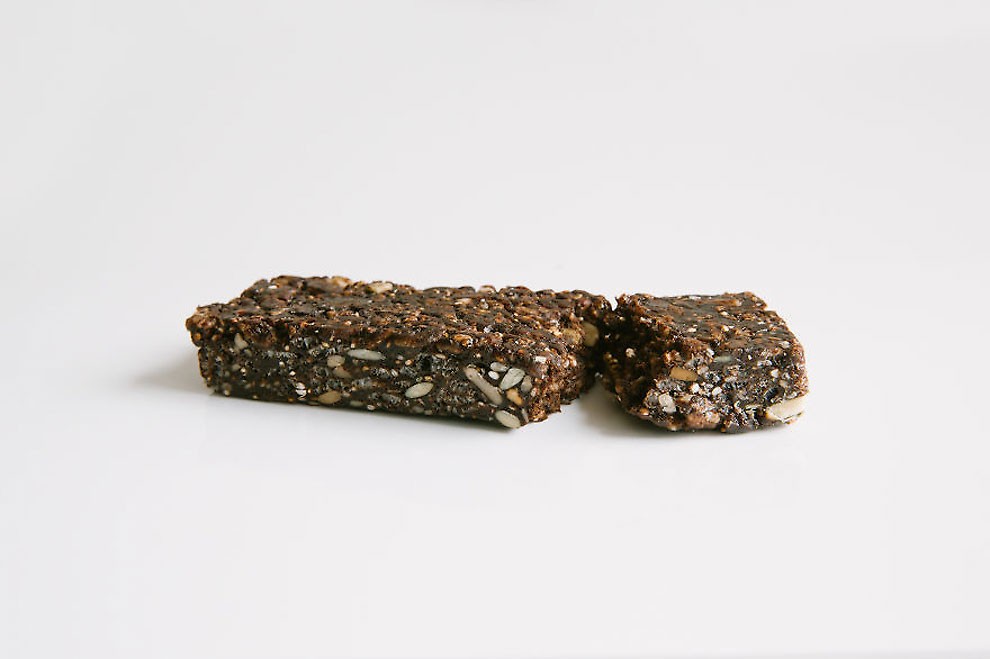Edouard Martinet’s Masterfully Sculpted Animals And Insects Made From Bicycle, Car And Motorcycle Parts
French artist Edouard Martinet assembles faithful interpretations of birds, crustaceans, insects, and other creatures with countless objects from discarded bicycles, cars, and household objects. A bicycle pump forms the abdomen of a dragonfly, windshield wipers serve as the legs of a fly, or the metal logos of a bicycle manufacturer are layered to create the dense scales of a fish. All the more incredible considering Martinet never welds or solders his pieces, but instead uses only screws or fasteners, selecting only the perfect components that “fit” each assemblage like a puzzle. Continue reading »
What Famous Brands Would Look Like If They Were Insects

If you’ve ever wondered what it would look like if mother nature’s creatures took on the look of certain well-known brands in all their corporate glory, wonder no more. Malaysia-based design agency, Kickatomic, has come up with a series of graphical insects that take on characteristics of some of the world’s most prominent brands such as McDonald’s, IKEA, MTV and Starbucks, just to name a few. Continue reading »
Would You Eat Insects If They Looked Like This?
These are insect infused protein bars and this is what they look like. Would you eat this if you knew it contained insects? Introducing a Jungle Bar: The Insect Powered Protein Bar. Continue reading »
Edible Insects in Thailand

Thai edible insect farmer Udom Sanart, 44, (R) sells crickets, edible insects at a fresh market in Khonkaen province, northeast of Thailand, 08 July 2013. Insects have long been on the menu in Thailand, but academics and the United Nation’s Food and Agriculture Organization (FAO) officials are hoping they will become a more common global source of protein and nutrients to meet the need for growing world food requirements in the future.
In both Asia and Europe, edible insects have increasingly been used as ingredients in processed foods, removing the squeamish factor of directly eating the bugs, while in many Asian countries vendors sell the fried whole insects in markets to eager less-squeamish customers. Thailand’s pioneering advances in commercial insect farming over the past 15 years has focused on three insect species seeing the annual production of crickets, palm weevils and bamboo caterpillars rise to an average of 7,500 tons of insects a year for domestic and export consumption.
Insect farms are located in about sixteen northeast provinces of Thailand. The UN agency estimates that world food production will need to increase 60 per cent from current levels to meet global food requirements by 2050, and has become a keen advocate of insect consumption. Not only does this type of farming have less impact on the environment than many other meat source farming, the insects are also very high in protein, vitamins and minerals necessary for a good diet. (Photo by Narong Sangnak/EPA)
Continue reading »




